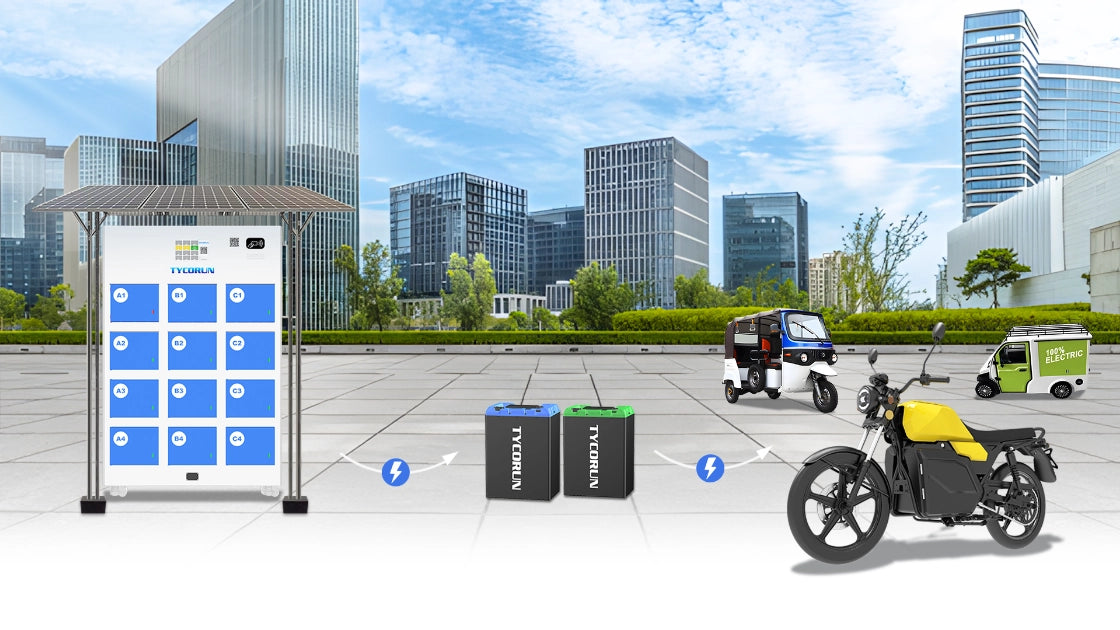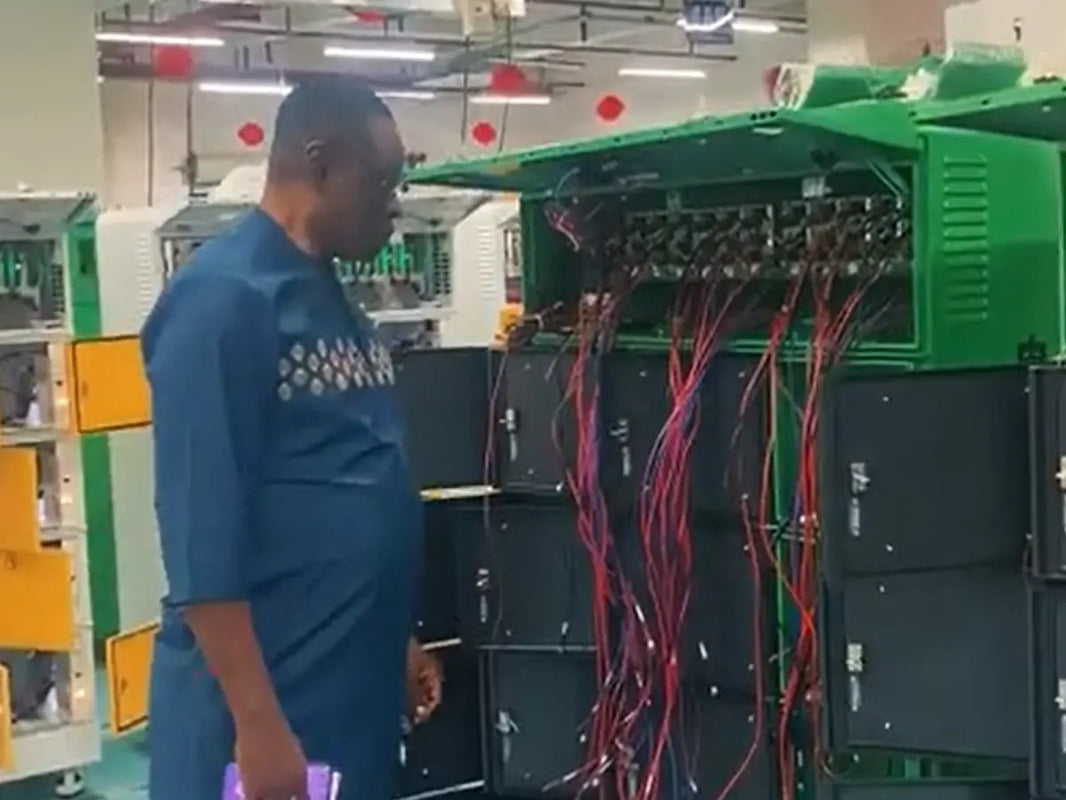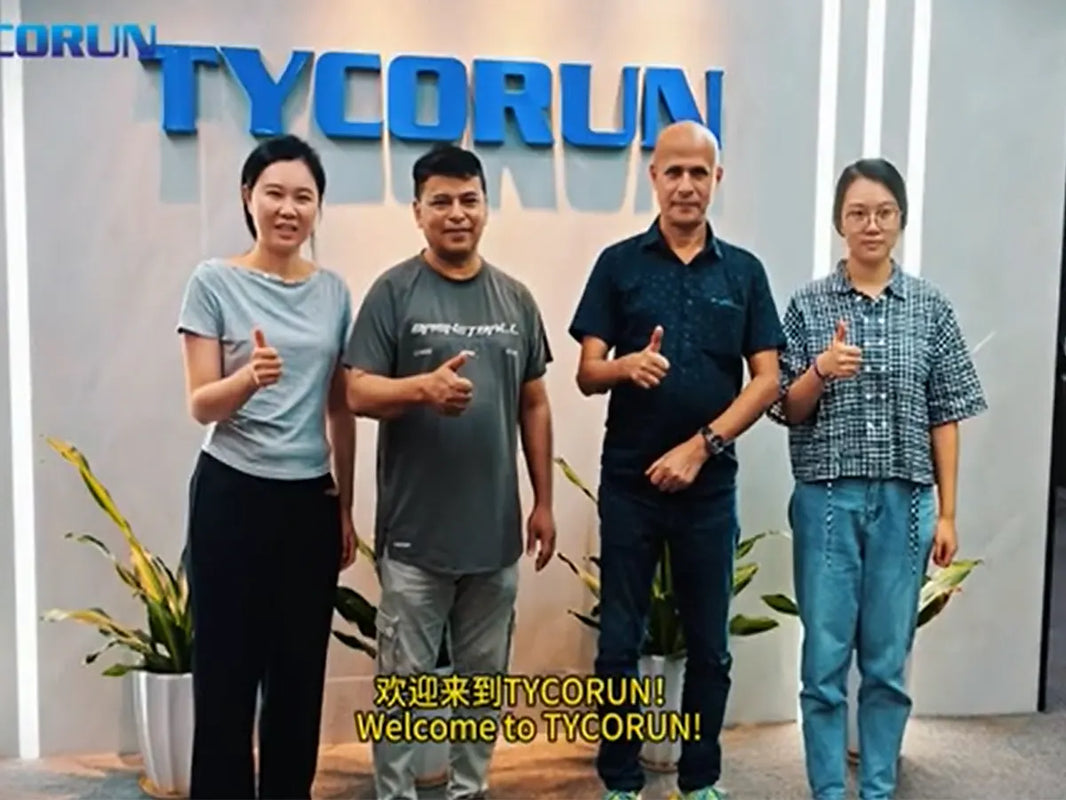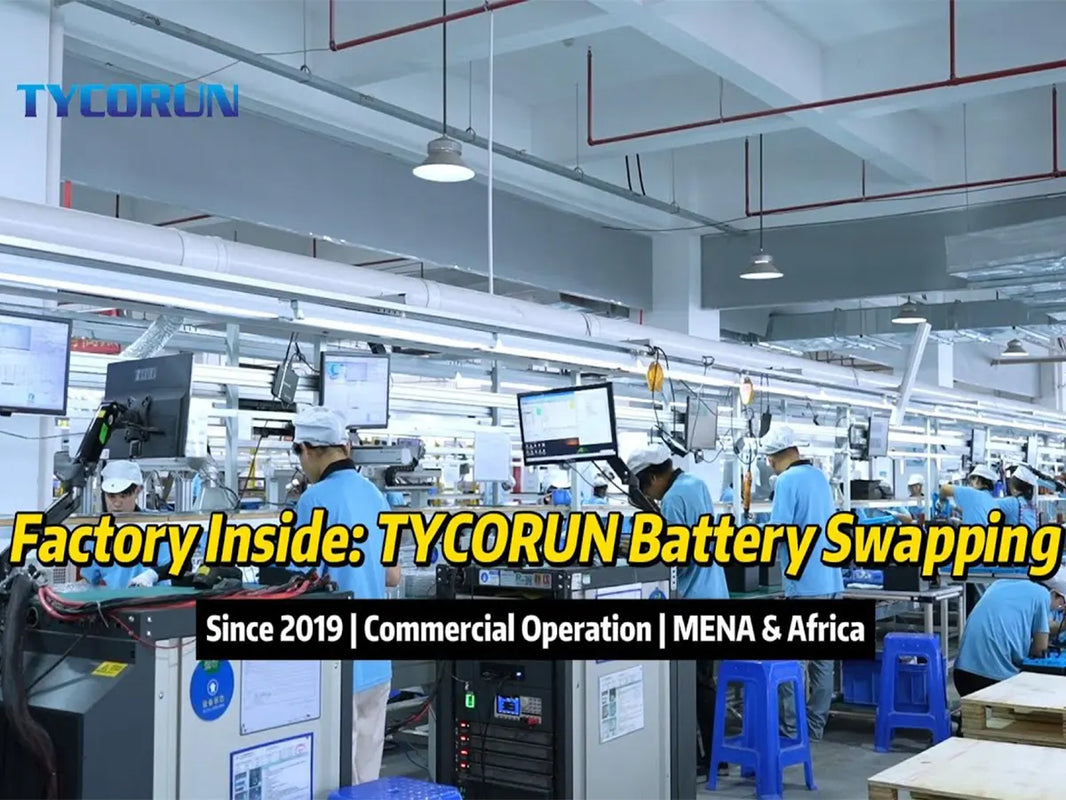
Electric vehicles are mainly composed of the following parts, namely battery, power battery management system, charging system, drive system, vehicle management system and vehicle body. Among them, the electric drive and control system is the core of the electric vehicle, and it is also the biggest difference from the internal combustion engine vehicle. The electric drive and control system consists of a drive motor, a power supply, and a speed control device for the motor. The rest of the electric car is basically the same as the internal combustion engine car. The drive system provides the required power for electric vehicles and is responsible for converting electrical energy into mechanical energy. No matter what form of energy supply scheme and drive mode an electric vehicle adopts, its drive system can be divided into three parts: energy supply subsystem, electrical drive subsystem and mechanical transmission subsystem. Among them, the electric drive subsystem is the heart of the electric vehicle, mainly including the electric motor, power electronic components and control parts.
The power supply provides electrical energy for the driving motor of the electric vehicle, and the motor converts the electrical energy of the power supply into mechanical energy, and drives the wheels and working devices through the transmission device or directly. At present, the most widely used power source for electric vehicles is lead-acid batteries, but with the development of electric vehicle technology, lead-acid batteries are gradually replaced by other batteries due to their low specific energy, slow charging speed, and short lifespan. The developing power sources mainly include sodium-sulfur batteries, nickel-chromium batteries, lithium batteries, fuel cells, and flywheel batteries. The application of these new power sources has opened up broad prospects for the development of electric vehicles. The function of the drive motor is to convert the electrical energy of the power source into mechanical energy, and drive the wheels and working devices through the transmission device or directly. At present, DC series motors are widely used in electric vehicles, which have soft mechanical characteristics, which are very consistent with the driving characteristics of automobiles. However, due to the existence of commutation sparks, low specific power, low efficiency, and large maintenance workload of the DC motor, it is bound to be gradually replaced by DC brushless motors (BCDM), switched reluctance motors (SRM) and AC asynchronous motors with the development of motor technology and motor control technology.

The motor speed control device is set up for the speed change and direction change of the electric vehicle. Its function is to control the voltage or current of the motor, and complete the control of the driving torque and the rotation direction of the motor. In the early electric vehicles, the speed regulation of the DC motor was realized by connecting the resistance in series or changing the number of turns of the magnetic field coil of the motor. Because its speed regulation is staged and will generate additional energy consumption or complicate the structure of the motor, it is now rarely used. At present, thyristor chopper speed regulation is widely used in electric vehicles, and the stepless speed regulation of the motor is realized by uniformly changing the terminal voltage of the motor and controlling the current of the motor. In the continuous development of electronic power technology, it will gradually be replaced by other power transistor chopper speed regulation devices. From the perspective of technology development, with the application of new drive motors, it will become an inevitable trend to transform the speed control of electric vehicles into the application of DC inverter technology.
In the rotation conversion control of the driving motor, the DC motor relies on the contactor to change the current direction of the armature or the magnetic field to realize the rotation conversion of the motor, which makes the circuit complex and reduces reliability. When the AC asynchronous motor is used for driving, the change of the motor direction only needs to change the phase sequence of the three-phase current of the magnetic field, which can simplify the control circuit. In addition, the use of AC motor and frequency conversion speed control technology makes the braking energy recovery control of electric vehicles more convenient and the control circuit simpler.
The function of the electric vehicle transmission is to transmit the driving torque of the electric motor to the drive shaft of the vehicle. When the electric wheel drive is adopted, most parts of the transmission can often be ignored. Because the electric motor can be started with a load, the clutch of a traditional internal combustion engine vehicle is not required on an electric vehicle. Electric vehicles do not require reverse gears in internal combustion engine vehicle transmissions because the rotational direction of the drive motor can be changed by circuit control. When using the stepless speed control of the electric motor, the electric vehicle can ignore the transmission of the traditional car. When using electric wheel drive, electric vehicles can also omit the differential in the drivetrain of a conventional internal combustion engine vehicle.

The function of the traveling device is to turn the driving torque of the motor into a force on the ground through the wheels, and drive the wheels to walk. It has the same composition as other cars, consisting of wheels, tires and suspension.
The steering device is set up to realize the turning of the car, and is composed of a steering machine, a steering wheel, a steering mechanism and a steering wheel. The control force acting on the steering wheel deflects the steering wheel by a certain angle through the steering gear and the steering mechanism to realize the steering of the car. Most electric vehicles have front-wheel steering, and electric forklifts used in industry often use rear-wheel steering. Steering devices for electric vehicles include mechanical steering, hydraulic steering, and hydraulic power steering.
The braking device of an electric vehicle, like other cars, is set up for the car to decelerate or stop, and it usually consists of a brake and its control device. In electric vehicles, there is generally an electromagnetic braking device, which can use the control circuit of the driving motor to realize the power generation operation of the motor, so that the energy during deceleration braking can be converted into the current that charges the battery for regeneration.
The working device is specially set up by industrial electric vehicles to complete the operation requirements, such as the lifting device, gantry, cargo and so on of the electric forklift. The lifting of the fork and the tilting of the mast are usually done by a hydraulic system driven by an electric motor.
















